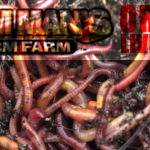It appears that butterflies, fireflies and other insects are vanishing worldwide. https://www.msn.com/en-us/science/ecology/ar-AA1AoOyV
Author: wormblog
composting
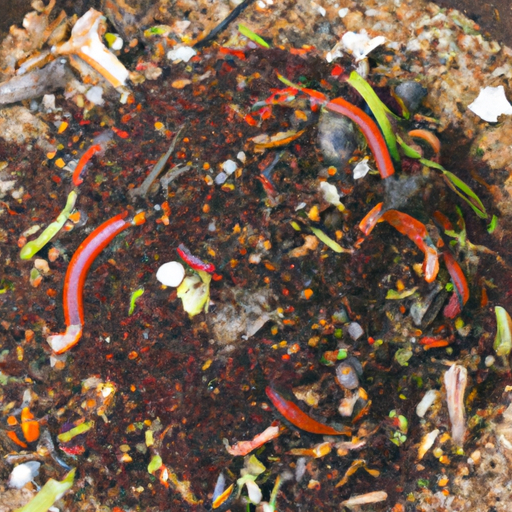
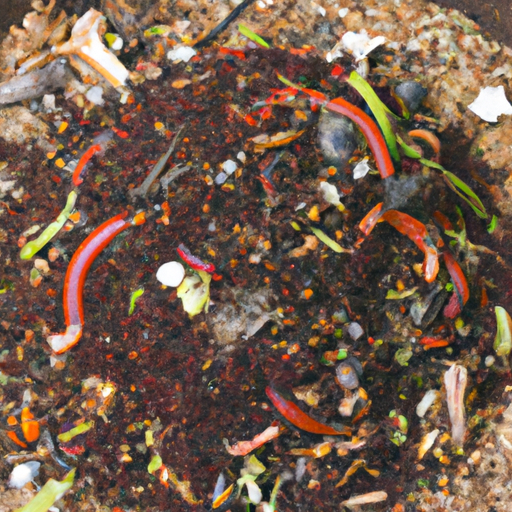
Composting is the process of breaking down organic matter, such as food scraps, yard waste, and other biodegradable materials, into a nutrient-rich soil amendment. Composting is a natural process that helps to reduce the amount of waste that goes into landfills and helps to improve soil health. Composting can be done in a variety of ways, including backyard composting, vermicomposting, and commercial composting.
composting
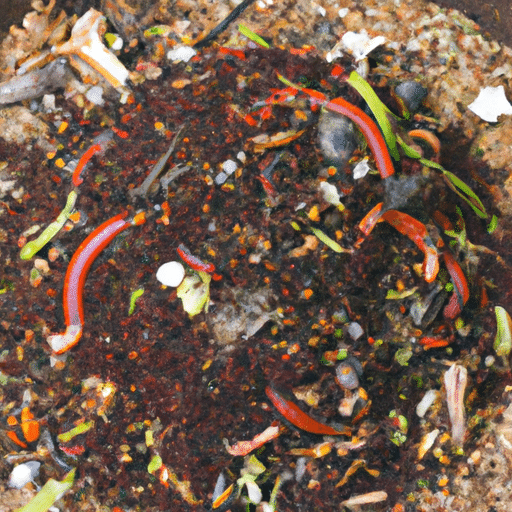
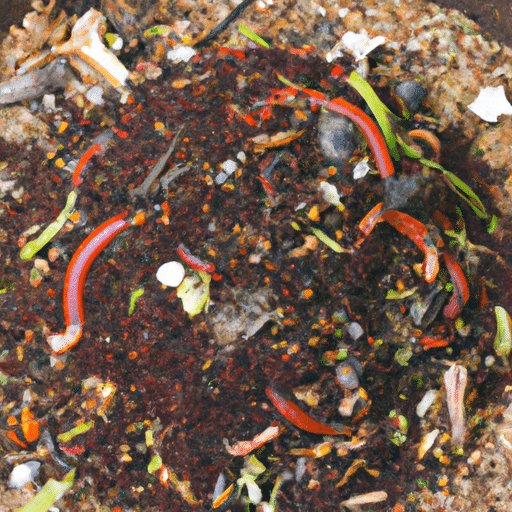
Composting is the process of breaking down organic matter, such as food scraps, yard waste, and other biodegradable materials, into a nutrient-rich soil amendment. Composting is a natural process that helps to reduce the amount of waste that goes into landfills and helps to improve soil health. Composting can be done in a variety of ways, including backyard composting, vermicomposting, and commercial composting.
composting


Composting is the process of breaking down organic matter, such as food scraps, yard waste, and other biodegradable materials, into a nutrient-rich soil amendment. Composting is a natural process that helps to reduce the amount of waste sent to landfills, while also providing a valuable soil amendment for gardens and landscaping. Composting can be done in a variety of ways, including backyard composting, vermicomposting, and commercial composting.
composting


Composting is the process of breaking down organic matter, such as food scraps, yard waste, and other biodegradable materials, into a nutrient-rich soil amendment. Composting is a natural process that helps to reduce the amount of waste sent to landfills, while also providing a valuable soil amendment for gardens and landscaping. Composting can be done in a variety of ways, including backyard composting, vermicomposting, and commercial composting.
composting
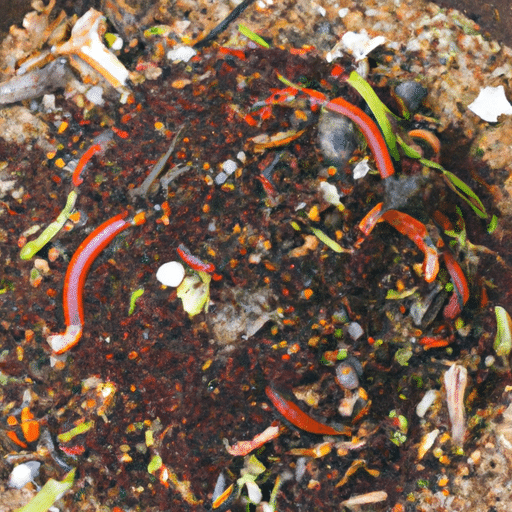
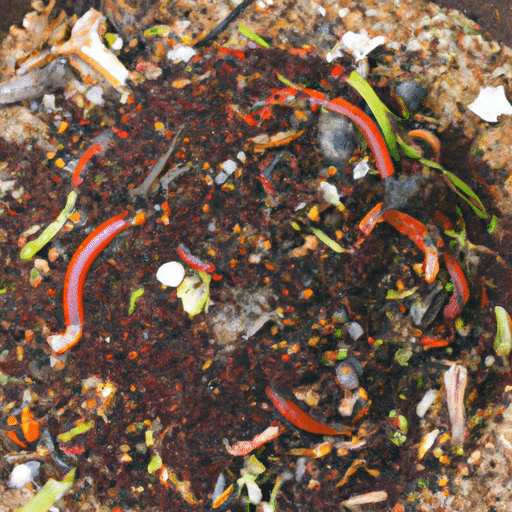
Composting is the process of breaking down organic matter, such as food scraps, yard waste, and other biodegradable materials, into a nutrient-rich soil amendment. Composting is a natural process that helps to reduce the amount of waste that goes into landfills and helps to improve soil health. Composting can be done in a variety of ways, including backyard composting, vermicomposting, and commercial composting.
Feeder Insects Have Feelings Too?
This is an interesting article regarding the ethics of raising insects as feeders and as food ingredients.
https://www.wired.com/story/insect-farming-sentience/
Please let us know what you think.
composting
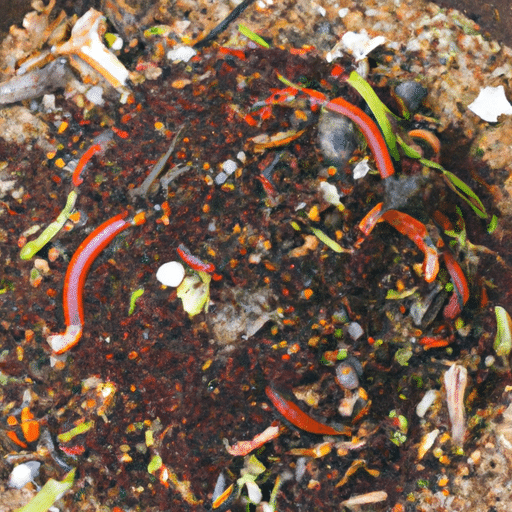

Composting is the process of breaking down organic matter, such as food scraps, yard waste, and other biodegradable materials, into a nutrient-rich soil amendment. Composting is a natural process that helps to reduce the amount of waste sent to landfills, while also providing a valuable soil amendment for gardens and landscaping. Composting can be done in a variety of ways, including backyard composting, vermicomposting, and commercial composting.
Make Your Own Red Worm Bedding
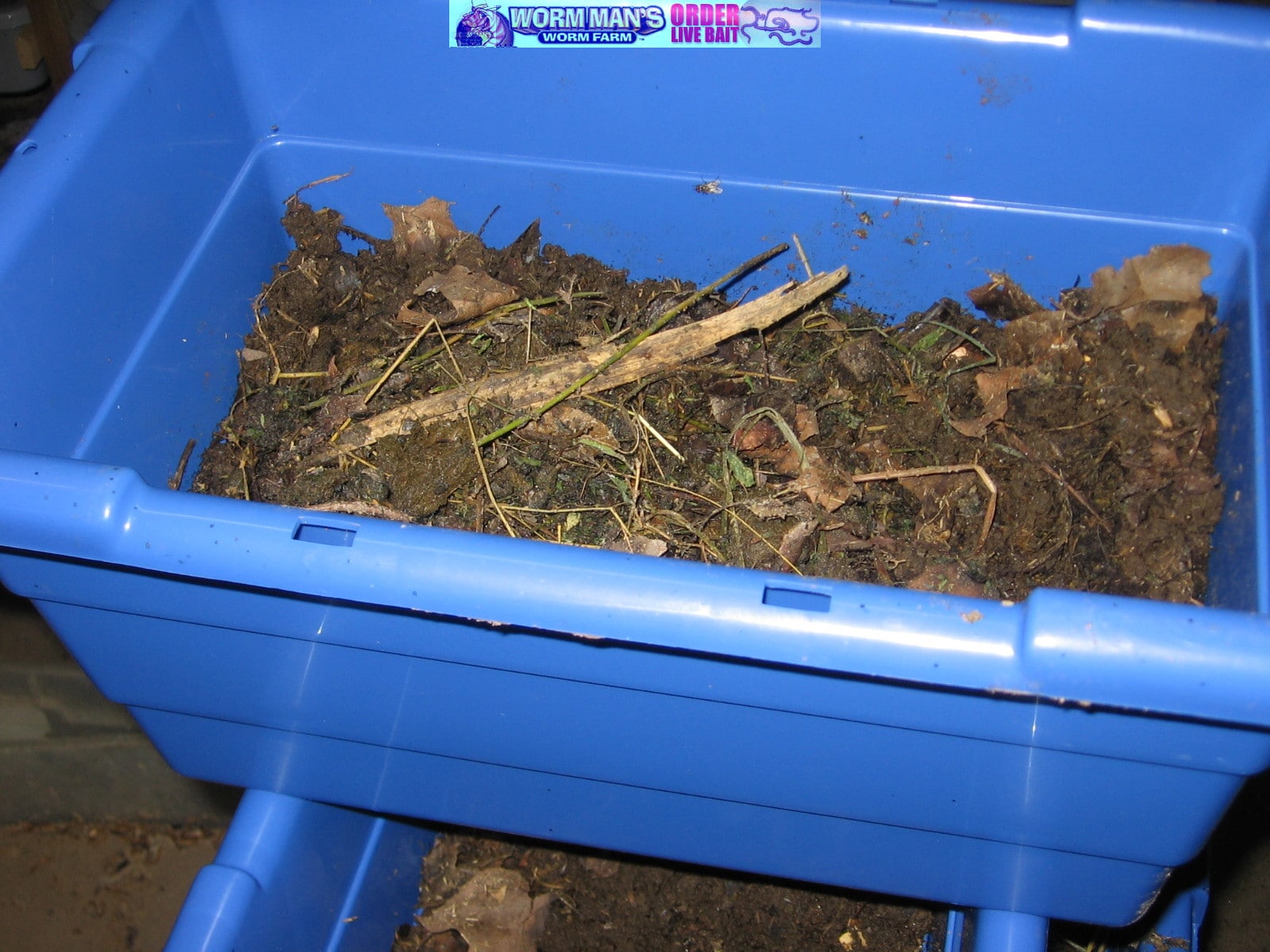
Red Worm Bedding
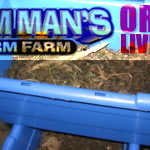
Worm bedding need not be the big secret that it is. The type of worms you wish to grow will dictate the type of bedding you will need.
RED WORMS- Red worms require a bedding made of manure and some other type of organic material. We use 50% shredded paper to 50% manure. We try to use as much rabbit manure as possible in our bedding mixture, but we also use cow, horse and poultry manure. Please ensure that the manure has not been treated with dewormer or any type of insect killer.
An important thing to remember with the bedding is that is has to be past the heating stage. Hot manure (fresh manure) needs to be composted a bit before your bedding is mixed. Failure to do this will cause the bedding to heat, and your worms may die. Another great bedding is shredded cardboard with manure. Worms love paper bedding. Shred the newspaper and then soak it. After it is soaked let the water drip from it for a couple of minutes and place it in the beds or pits. Mix in manure and a you will have your bedding. There are many different things that can be used for bedding. If you remember the following you will be able to improvise:
Red worms need moisture at all times. The more moisture the bigger they will become. But remember to check the pH level. Wet worm can become dead worm quickly. Stay on top of the pH level.
If using grain, top feed your worms. Many people believe that mixing feed in with the worms will work best. I have found that top feeding with chicken layer mash works well. Place in only enough feed for a day or so. Do not mix the beds until the feed is gone. This will stop the feed from getting mixed in, and causing the bedding to heat and sour. Mixing feed into the bedding will cause the bedding to sour. Sour bedding will kill worms. Test your soil regularly with commonly bought pH Testers. These testers are only a couple of bucks, and can be found at many feed and garden centers. Sprinkle pulverized limestone on top of the bedding after watering to control acid.. Soon, we will carry a line, so check in with our store often.
Alabama Jumbers, Jersey Jumpers- Alabama Jumpers require a soil that is more course and dense. A mix of 1/3 leaf mulch, 1/3top soil and 1/3manure works well. My experience has shown me that Grays like moist beds and plenty of pulverized lime stone sprinkled on top. Greys should also be top fed and not disturbed except once a month when you turn the beds over to get air in the beds. Greys will eat small amounts of layer mash, but prefer leaves and grass clipping. 75-85 degrees for best results
Africans Night Crawlers- Africans like bedding that is made like that used for red worms, but will only feed on the top. Bedding for Africans does not have to be deep. 4″ is enough. Use a mix of shredded paper and manure with straw for best results. Africans need it wet and hot 75 to 90 degrees for best results. Turn bedding weekly for air. Africans cannot tolerate acid. Use plenty of lime every week. Feed chicken mash and manure. They love rabbit and poultry manure. Just watch the acid.
Northern Crawlers- For these delicate creatures you must use caution. They require top soil bedding and must be top feed. the bedding must be moist but not wet. These crawlers use burrows to live. Heavy watering will cause them to drown. Do not disturb these worms and they will breed. Lightly sprinkle mash, leaves and grass on the top. 45-60 degrees is all they can tolerate. The will do well and breed if kept with these guidelines.
Troubleshooting Problems in Your Red Worm Composting Bed
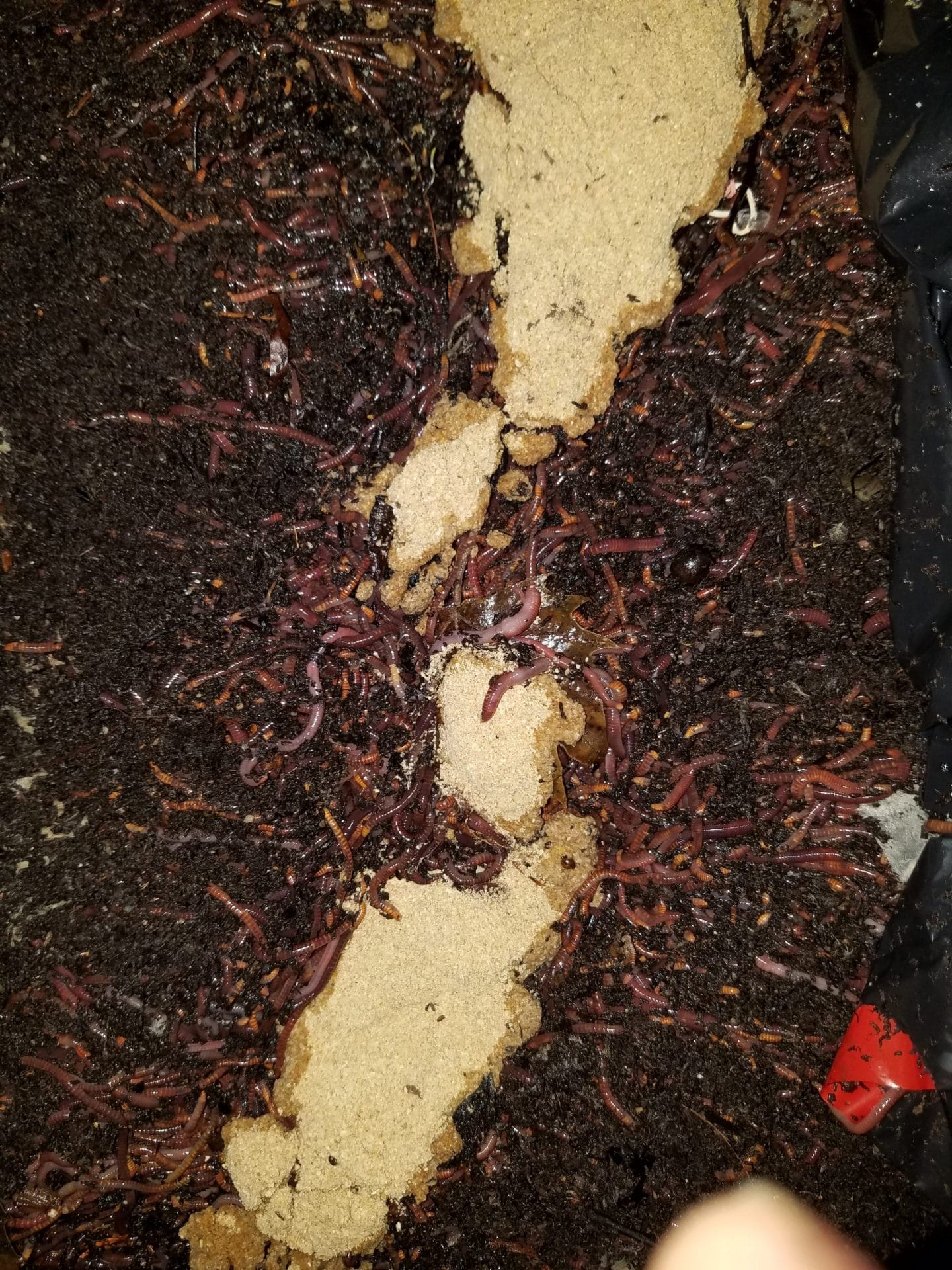
Composting Worm Bed Troubleshooting
-
Common Worm Bin Problems and Solutions
-
Worms crawling to the surface of the worm bed and dying. This is called protein poisoning by some. This is really just putrification of the worm bedding. This happens when there is too much water and too little air. Remember that bedding should be moist but not wet. The bin should smell Earthy and not like death. You can save your worms if you just caught the problem now and some worms are still alive and healthy.
-
Aerate the bedding immediately. Add dry peat moss or coir to the bedding and mix it in. Add dry crumpled newspaper if you don’t have peat and coir. You can add newspaper even if you do have coir or peat. Fluff the bedding and let the dry material act as airholes through out the worm bin or worm bed.
-
Remove and corn or bread products. Worms can tolerate small amounts of bread and corn but too much will cause fermentation in the bedding. This will cause putrification.
-
Test for pH. Anything above a 7 is too alkaline or below a 6 is too acidic. Treat with powdered limestone.
-
Worms are crawling off.
-
If this is a new bin or bed of worms then they just might not be used to their home. Red Worms and Euroworms will attempt to crawl off when they are first installed in their new home. Especially after a long trip from our farm to yours. The easiest cure is to put a light over the worm bin, worm bed or composting bin for a few days. If the worms are well fed and the pH and conditions are right then the light will not be needed. J
-
Just remember that worms will attempt to crawl if they are left in open worm bins outside in the rain. If you can cover them they will not crawl off. You can also put a two inch strip of wood around the top of the bin to as a crawl barrier. The wooden slate would hang over the top of the worm bed with the lip hanging over on the inside of the bin. The worms will crawl up and will not be able to go around the wood slat. This is the best solution.
-
If the worms have been in the bed for a while you will want to check to make sure that your bedding is not acidic, that it is not anerobic or that the bedding is not used up. If the bedding it powdery and there aren’t signs of food in the bed then it’s time to change the bedding and use the worm castings on your organic garden. Worm castings are the best natural fertilzer known to mankind, wormkind and wormmankind. 🙂

